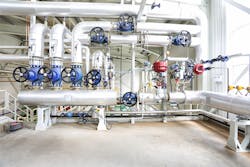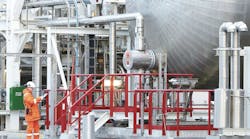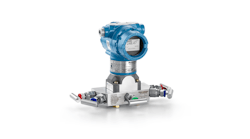Should a differential pressure transmitter be zeroed after it is removed, calibrated in the shop and reinstalled in the same location? Why or why not?
One might think that removing a differential pressure transmitter, calibrating it in the shop and then reinstalling it exactly where it was previously installed would be appropriate. However, a number of issues can present themselves in this activity, so the transmitter should be rezeroed after reinstallation.
Different stresses on the differential pressure transmitter connections can affect the performance of the transmitter, typically by causing a zero shift. These stresses can be (and often are) different prior to removal from the process, in the shop with test connections (where the zero may be adjusted to perform a calibration), and after reinstallation in the process. The latter can easily occur as a result of a different amount of torque being applied to the connection fittings during reinstallation. In addition, jostling the transmitter can cause problems.
Additional complicating factors
Similarly, many differential pressure transmitters are affected by whether the transmitter is oriented in the same plane in the shop as in the actual installation. Operating conditions such as the ambient environment, operating pressure, operating temperature and presence of heat tracing can likewise affect the transmitter.
David W. Spitzer is a regular contributor to Flow Control magazine and a principal in Spitzer and Boyes LLC, which offers engineering, seminars, strategic, marketing consulting, distribution consulting and expert witness services for manufacturing and automation companies. Spitzer and Boyes is also the publisher of the Industrial Automation INSIDER. He has more than 40 years of experience and has written more than 10 books and 350 articles about flow measurement, instrumentation and process control.
Spitzer may be reached at 845-623-1830 or via spitzerandboyes.com. Click on the "Products" tab to find his Consumer Guides to various flow and level measurement technologies.



